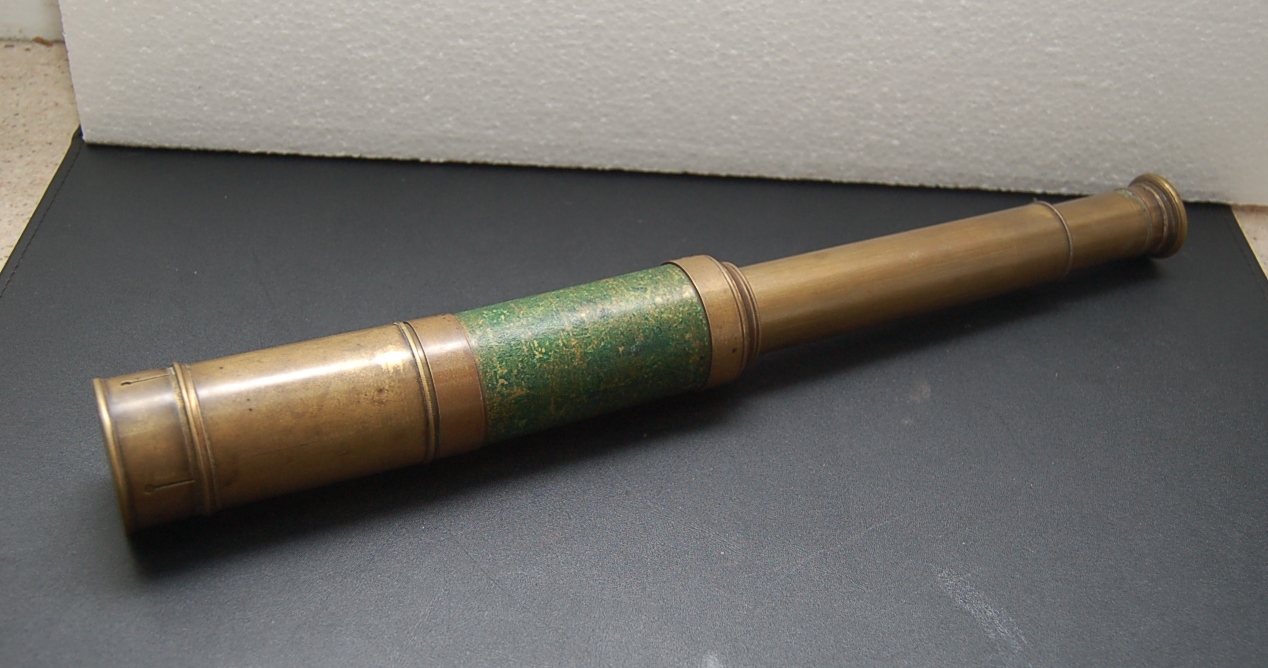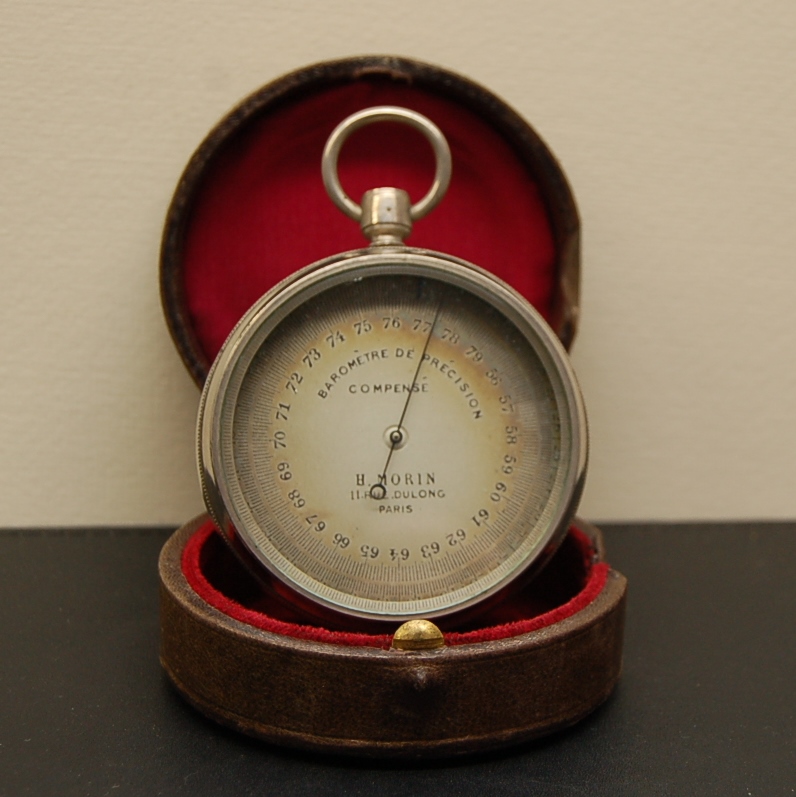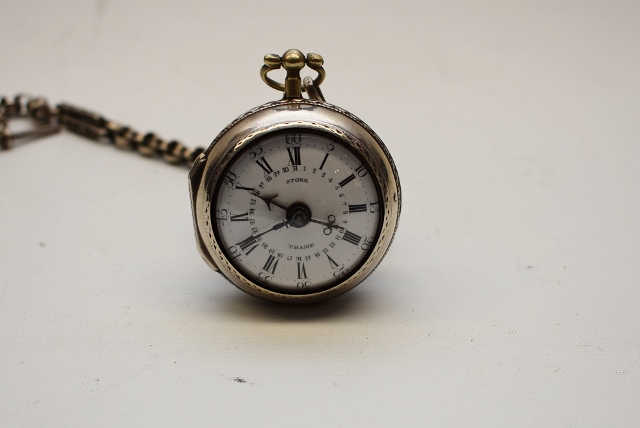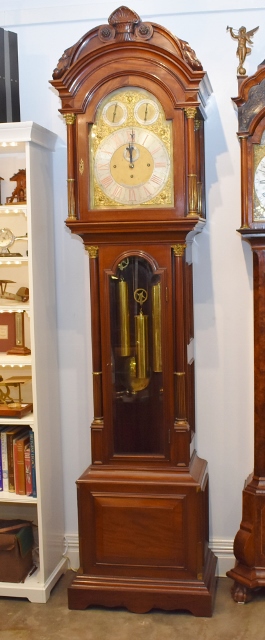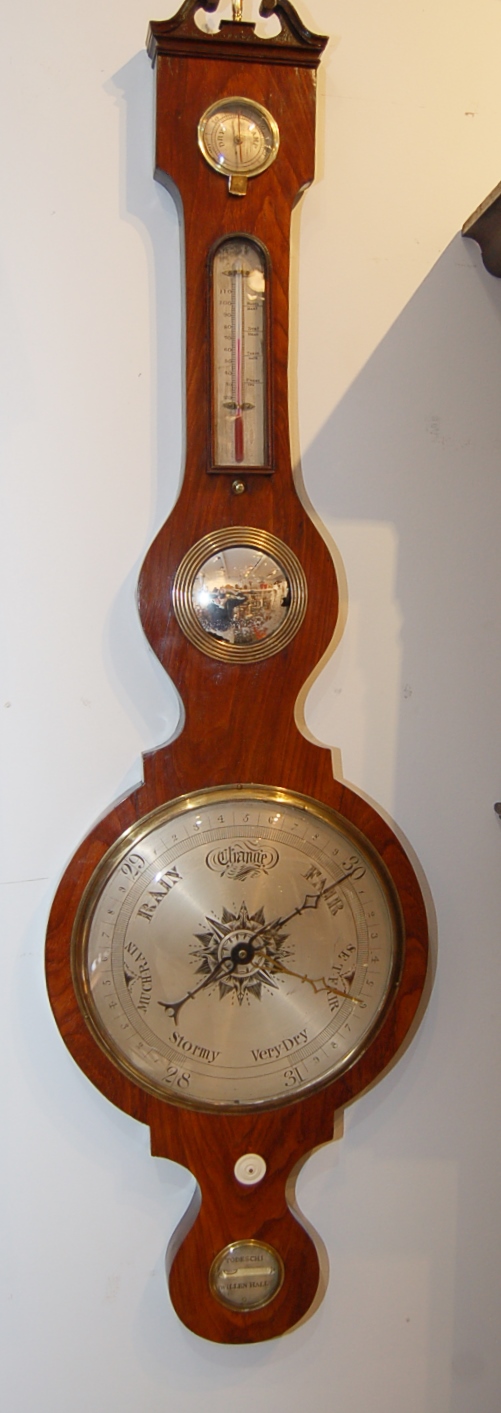Decoding the Symbols on Antique Clock Faces
An antique clock is more than just a time-keeping device. It’s a look back to its art, culture, and science. From the engraving to the celestial motif present on the face, everything narrates or, at least, a hidden meaning waiting to be deciphered. The article explores the many threads of symbolism that historic watches wear, presenting insight into the mindsets and artistic endeavors of our ancestors.
Probably the first outstanding feature of a journey well and truly begun into the world of antique clocks is Roman numerals. Other than the Arabic numerals in use today, Roman numerals infuse a sense of historic depth and classical knowledge that the clockmakers of old held dear. Every numeral acts as more than just a marker of time but nods toward the heritage of ancient Rome, reflecting a period when learning and culture were held in the highest regard.

Moving beyond the numerals, the engravings found on many antique clock faces often include intricate floral patterns, mythical creatures, and scenes from folklore. These are not merely decorative. They are steeped in symbolism, reflecting the societal norms, religious beliefs, and even the personal stories of their creators. For instance, a clock may feature vines and leaves in an endless knot, symbolizing eternal life or the interconnectedness of existence, a comforting reminder of continuity in the cyclical nature of time.
Celestial motifs are particularly fascinating and prevalent in antique clocks, especially those featuring the sun, moon, and stars. These elements often functioned as more than just artistic embellishments; they had practical applications too. Moon phases displayed on the dial were not only beautiful but also served as a guide for farmers and mariners. The sunburst motifs commonly found around the keyhole or in the pendulum’s design conveyed the clock’s mastery over the day, charting the sun’s journey across the sky.
Moreover, the inclusion of astrological symbols can sometimes be seen, indicating the influence of astrology on daily life during certain periods. These symbols helped people align their activities with what they believed were auspicious times, showing the clock’s role not just in measuring time but in connecting the terrestrial with the celestial. We can see these symbols in various antique clocks such as the antique longcase clock, antique cuckoo clocks and other antique wall clocks.
These ancient timepieces are a sight to behold, and one is almost naturally reminded of the artisans from yesteryear who constructed these dials, not just as a device, but as a canvas upon which their souls would dance. Such timepieces have an emotional resonance, for in the tick of every hand and in every worn numeral is a tale to be heard. It’s a poignantly sentimental reminder of humanity’s dogged quest to fathom and delineate time, a testament to our unrivaled urge to make sense of it all.
Every time we interpret the symbols on antique clock faces, we’re actually doing a lot more than enjoying their aesthetic value-we’re connecting to human experiences and epochs that these objects represent, making every second counted by these clocks a continuation of stories across centuries.

